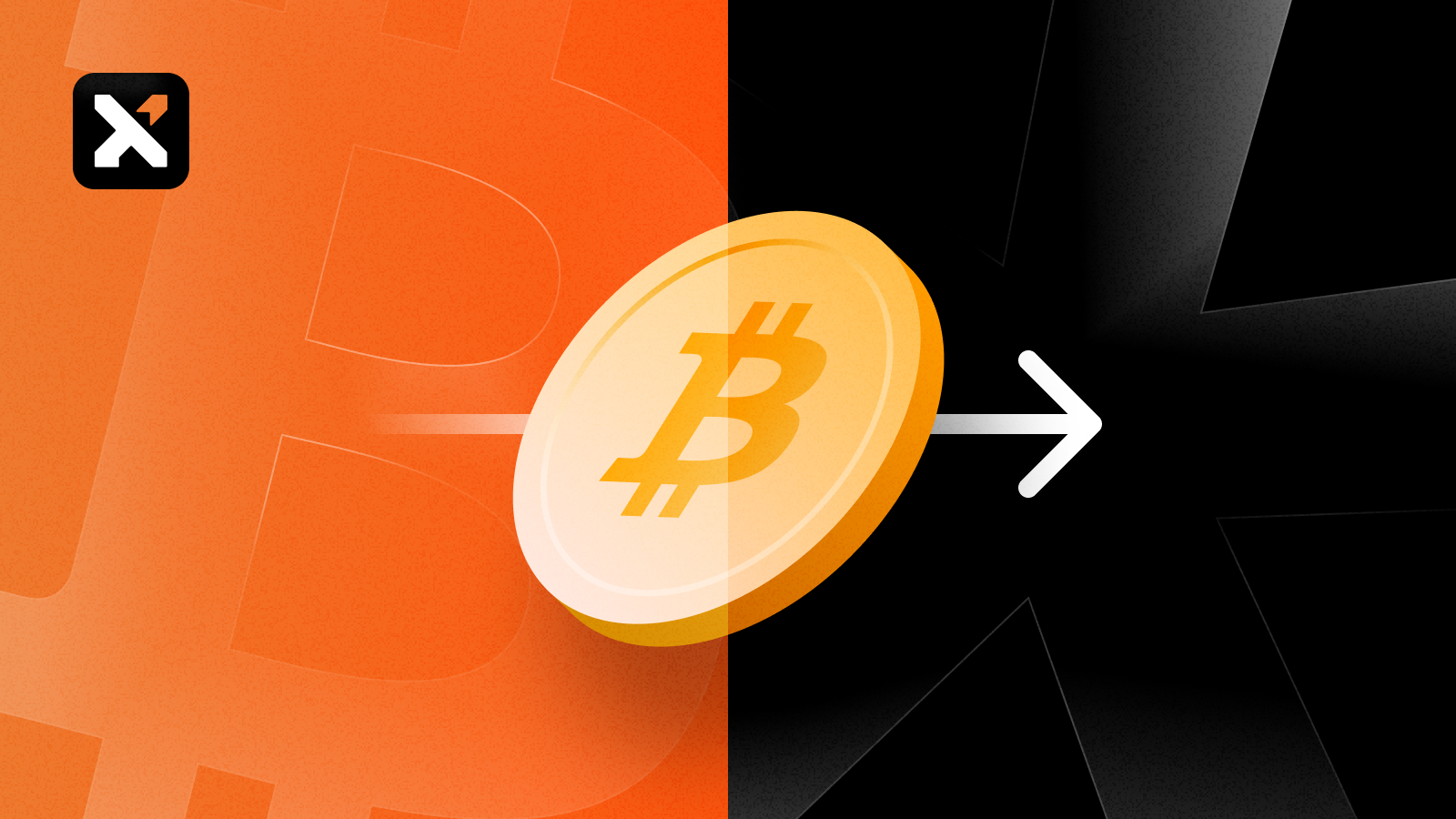What Is CatVM & How Did BIP-420 Turn Into BIP-347?
Learn about CatVM and the Bitcoin proposal that changed from BIP-420 to BIP-347.

Sign up for updates!
Stay tuned to our latest news and updates
.svg)
Read on to learn about CatVM, one of the latest proposed developments that has the power to improve Bitcoin, and the story of the BIP surrounding the OP_CAT proposal.
What Is CatVM?
CatVM is a permissionless bridge proposed by the Taproot Wizards team. It enables users to transfer BTC and other Bitcoin blockchain-native assets from Layer 1 to Layer 2 networks and vice versa.
CatVM seeks to be more efficient than BitVM, another Bitcoin scaling proposal still in development, by allowing users to withdraw their funds independently. On the contrary, BitVM users must rely on trusted peg operators for withdrawals from Bitcoin layers to L1. This would mean that CatVM requires less trust than BitVM.
Another difference between the two bridging mechanisms is that peg operators on BitVM are required to source their own liquidity to process withdrawals, while CatVM doesn’t have any liquidity requirements for bridge operators.
What Does CatVM Have to Do With OP_CAT?
CatVM will be powered by OP_CAT, a Bitcoin opcode Satoshi Nakamoto disabled in 2010 to prevent network vulnerabilities and excessive memory usage.
Developers Ethan Heilman and Armin Sabouri have proposed bringing back this opcode since it can add more functionality to the Bitcoin network. “CAT” in OP_CAT is short for conCATenate, which means merging two values together.
Interestingly, the Taproot upgrade, which took place in 2021, also included code changes that limited the stack size within Bitcoin's scripting language. This mitigated the original issues that led to Satoshi disabling OP_CAT.
OP_CAT plays a major role in the efficiency of CatVM as it enables bridge withdrawal verification without relying on pre-signed transactions. OP_CAT can carry forward data from previous transactions, allowing anyone to verify that parts of the previous transaction’s outputs correspond with parts of the new outputs.
BitVM is less efficient since its verification process relies on pre-signed transactions. Also, the challenge/response verification game between the verifier and bridge operator can take more time, delaying users’ withdrawals.
BIP-420: A Magical Story of How OP_CAT Received an Official BIP Number

Assigning numbers to Bitcoin Improvement Proposals is typically slow, mainly because the role was previously left to one Bitcoin developer, Luke Dashjr. While assigning a BIP number doesn’t indicate adoption consensus, it makes it easier for the Bitcoin community to discuss and identify the proposal. So, this number is essential and it can be frustrating to proposal authors when the assigning process is delayed for a long time.
In the case of OP_CAT, it took about six months for the proposal to get an official BIP number. This outcome was propelled by several events borne out of frustration. The first event was the creation of an alternative numbering system called the Bitcoin Inquisition Numbers And Names Authority (BINANA) by Bitcoin developer Anthony Towns in January 2024. This system gave the OP_CAT proposal the number BIN-2024-0001.
In April 2024, Taproot Wizards co-founders and OP_CAT supporters Eric Wall and Udi Wertheimer started a campaign with the slogan BIP-420 to give the proposal a reference number. The number “420” was inspired by the cannabis celebration, which takes place on April 20 (4/20).
Now, the OP_CAT proposal had BIN-2024-0001, BIP-420, and 1525 (a number that Github automatically gave the proposal) as reference numbers. Before the number BIP-420 had been coined, Bitcoin developer and Bitcoin core software maintainer Ava Chow proposed a solution in February 2024 that entailed adding more BIP editors with the same powers as Luke.
Shortly after the launch of the BIP-420 campaign, which gained a lot of buzz, the prolonged discussion around Chow’s solution finally concluded, and five additional BIP editors were added.
Subsequently, the OP_CAT proposal was officially assigned BIP-347 on April 24, 2024.
What Could the Implementation of BIP-347 Mean for Bitcoin?

OP_CAT enables covenants that can benefit the Bitcoin network by:
- Increasing the expressiveness of Bitcoin smart contracts.
- Enabling secure bridging to other chains.
- Facilitating the development of vaults that can allow reversible and recurring transactions.
- Powering sophisticated financial instruments such as escrows.
- Encouraging the development of more atomic swaps on Bitcoin.
- Potentially minimizing the still theoretical threat of quantum computers over the blockchain’s cryptographic security.
While OP_CAT has the potential to improve the Bitcoin network in major ways, it could take quite some time before consensus regarding its implementation is reached, as not everyone agrees with it. That means OP_CAT-powered solutions like CatVM will be delayed.
Covenants are conditions or rules specifying how to spend a given amount of BTC in the future, while opcodes (operation codes) are commands used in the Bitcoin scripting language. Each opcode in Bitcoin performs a distinct operation. Satoshi removed more than a dozen Bitcoin opcodes for security reasons.
Share this article



.svg)




